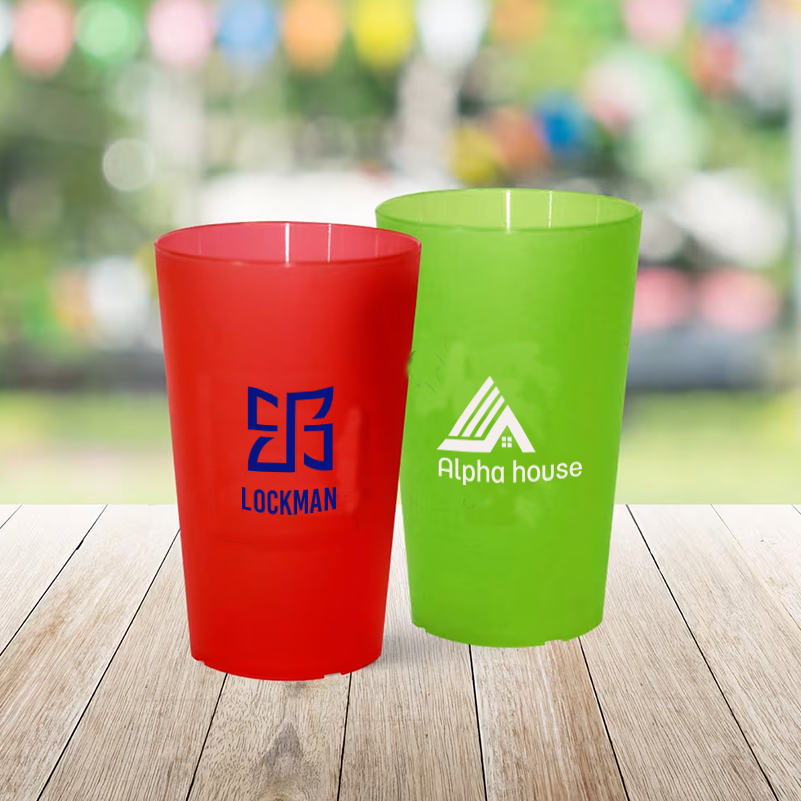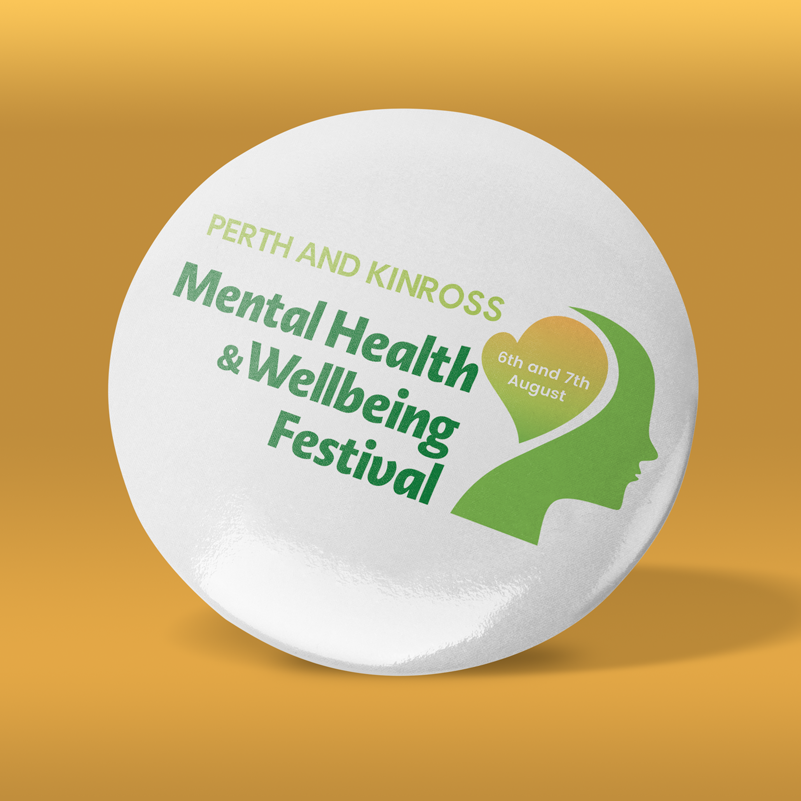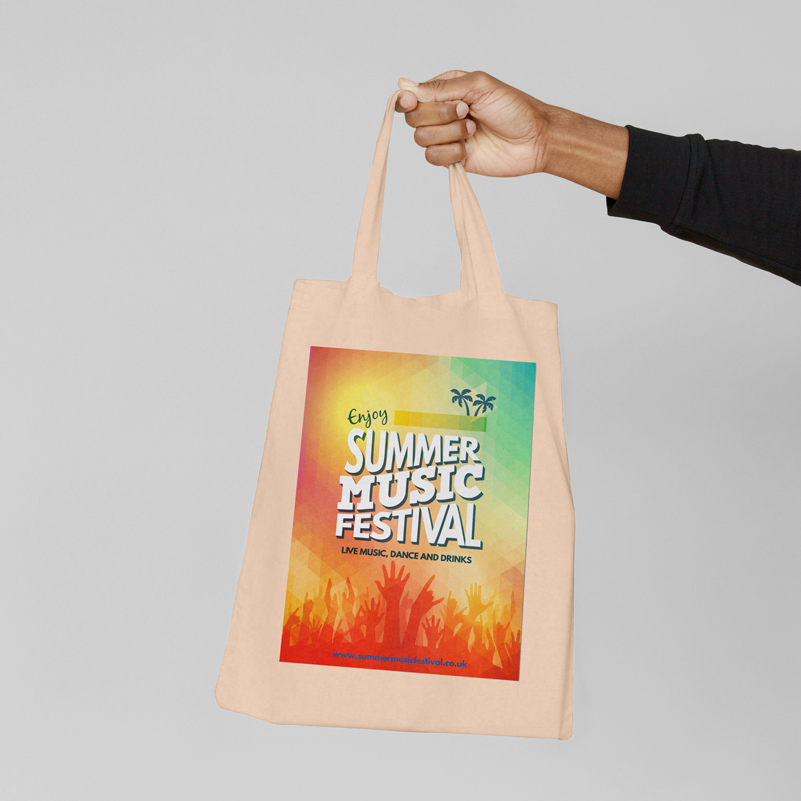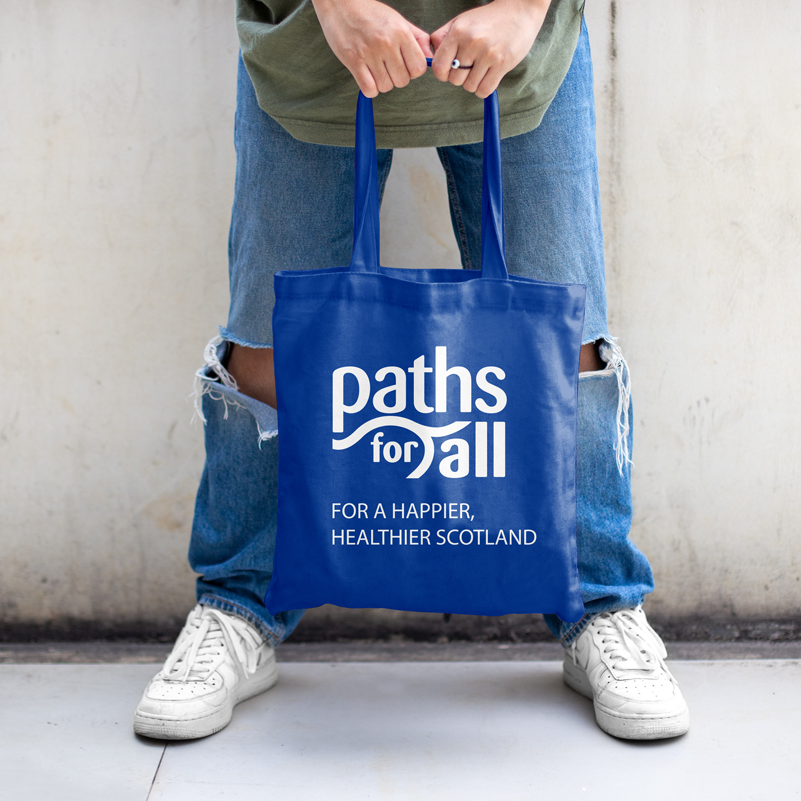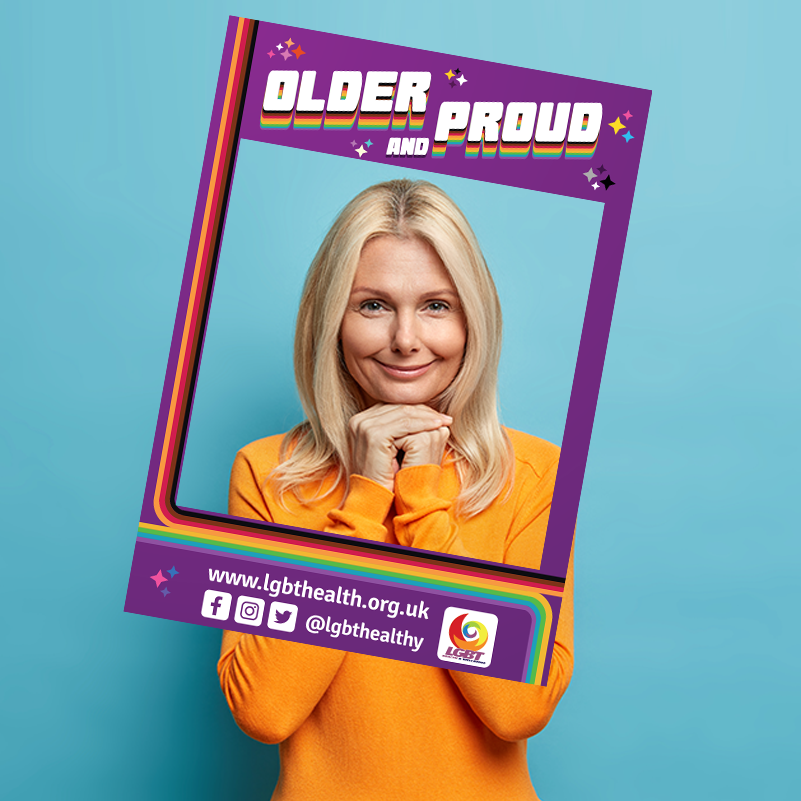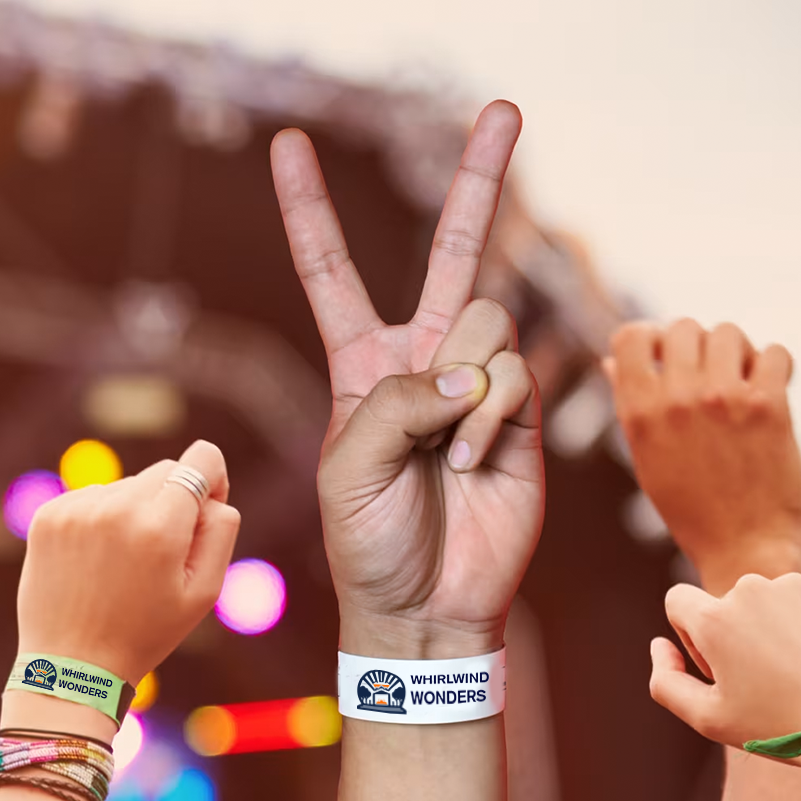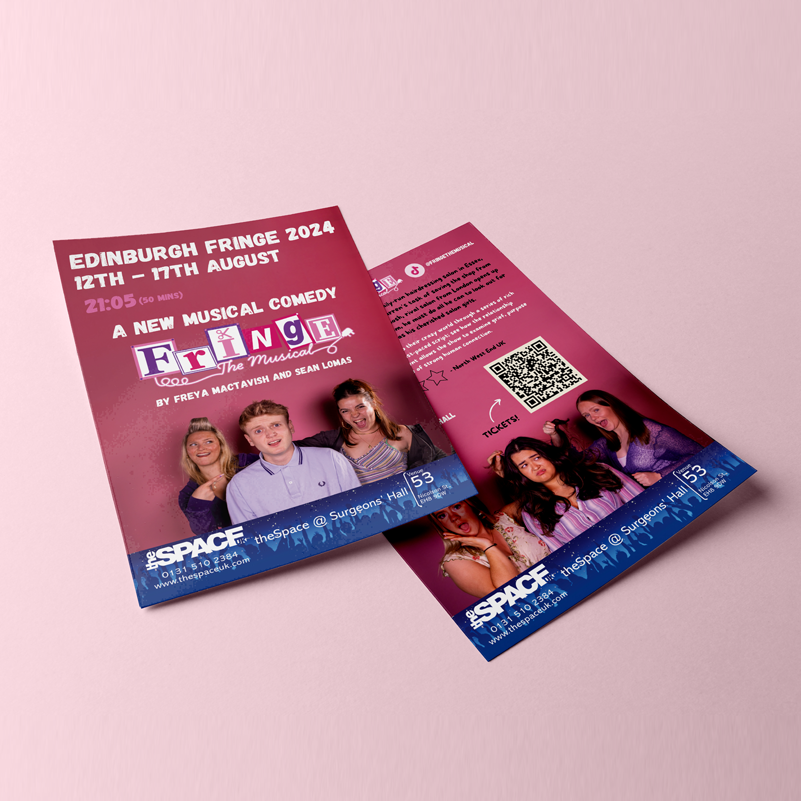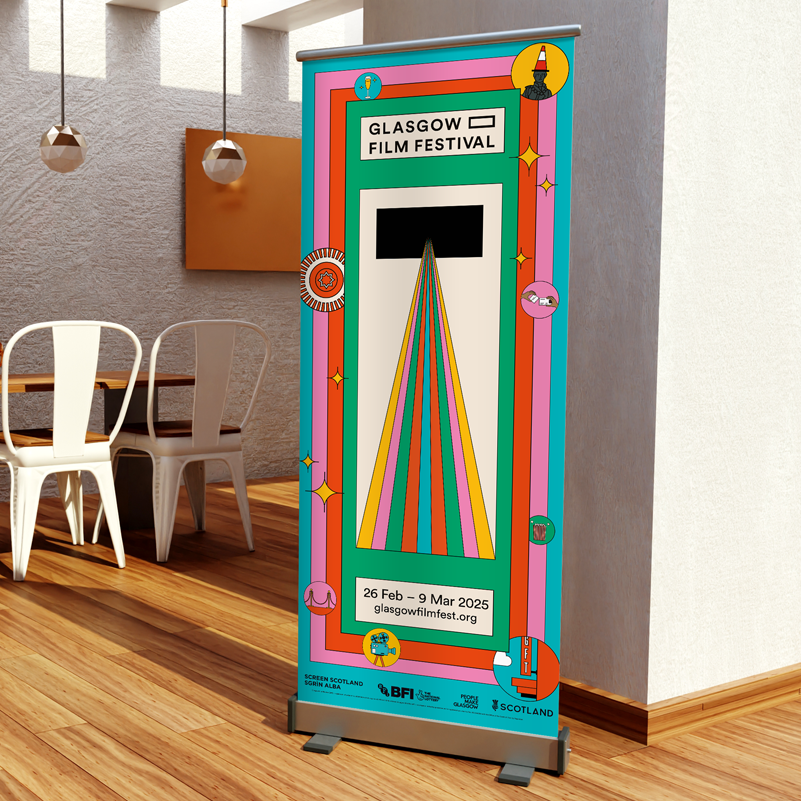Alright, fellow event organisers, let's have a chinwag, shall we? You spend months, sometimes years, pouring your heart and soul into creating an unforgettable festival experience. You’ve booked the acts, secured the venue, sorted the catering, and curated the atmosphere. But what about the stuff that people see and touch – the tangible bits that often go unnoticed until they’re not quite right? I'm talking about your festival's design and print.
In this increasingly digital world, it’s easy to think that a strong online presence is all you need. And yes, digital marketing is absolutely vital. But trust me, as someone who’s been knee-deep in ink and pixels for more years than I care to admit, there's an undeniable, almost magical, power in good old-fashioned print. It's about more than just ink on paper; it's about crafting an experience, building anticipation, and leaving a lasting impression. Festival print and event branding are your silent, ever-present ambassadors, working tirelessly to amplify your message and guide your audience.
Beyond the Ticket: What Print Can Do for Your Festival
Think about the moment someone arrives at your festival. What's the first thing they see, feel, and interact with? It's often print.
First Impressions: Setting the Tone from the Outset Your festival's visual identity starts long before the gates open. Your logo, your colour palette, your typography – these elements form the bedrock of your festival graphic design. When seamlessly translated into print, they instantly communicate your festival's vibe.
Consider the humble ticket or wristband. It’s not just a pass; it’s the first physical touchpoint your attendees have with your event. A beautifully designed ticket, perhaps with a special finish or a unique die-cut, can become a cherished keepsake. The same goes for your festival programme. Far from being a mere list of acts, a well-crafted programme, perhaps with engaging articles, stunning photography, and detailed maps, transforms into a souvenir, a tangible memory of an incredible time.
I once worked on a small folk festival where they initially just wanted plain, bog-standard wristbands. I managed to convince them to go for a woven fabric option with their logo subtly embroidered. They cost a little more, but the feedback was phenomenal. People kept them on for weeks after, and it really elevated the perceived quality of the festival. It’s those small details that genuinely make a difference.
Guiding the Way: Navigation and Information Imagine arriving at a sprawling festival site, buzzing with excitement, but having no idea where anything is. Chaos, right? This is where event signage becomes your best friend. Clear, concise, and well-placed signage is paramount. From directing attendees to stages, food stalls, toilets, and first aid, to simply welcoming them with a grand entrance banner, print ensures a smooth and enjoyable experience.
And let’s not forget maps and timetables. A fold-out map with key landmarks and stage locations, coupled with an easy-to-read daily schedule, is absolutely essential. These pieces of print don't just provide information; they reduce stress, enhance flow, and allow your attendees to make the most of every moment.
Creating Buzz and Memorabilia This is where the magic of flyer printing and poster design really shines. In the run-up to your event, these are your primary tools for cutting through the noise and grabbing attention. A vibrant, eye-catching poster in a local cafe or a cleverly designed flyer handed out in a bustling city centre can stop someone in their tracks and pique their interest. They're physical invitations, little promises of the good times to come.
And once the festival is in full swing, think about custom festival merchandise. T-shirts, tote bags, stickers, badges – these aren't just revenue streams; they're walking advertisements and tangible memories. People love to take a piece of the festival home with them, and when that piece is well-designed and professionally printed, it extends the festival experience far beyond the final encore.
The Design Process: Crafting Visual Magic
Now, you might be thinking, "I'm an event organiser, not a graphic designer!" And that's perfectly fine. My job, and the job of any good designer and printer, is to translate your vision into stunning visuals.
Understanding Your Vision: The Initial Brief It all starts with a good chat. When I take on a new festival client, I ask a lot of questions. What's the target audience? What’s the overall theme and vibe of the festival? What kind of experience do you want people to have? What's your budget? The more detail you can provide, the better I can understand your needs and objectives.
I remember one client who came to me with a very vague idea for a "bohemian, chilled-out music festival." After a lengthy discussion, we uncovered that the core of their vision was actually about connecting with nature and fostering a sense of community. This completely shifted our design approach from overly ornate, flowery designs to more natural, earthy tones and hand-drawn elements. It just goes to show how vital that initial deep dive is!
From Concept to Creation: Design Principles Once I have a solid understanding of your vision, the creative process begins. Good design isn't just about making things look pretty; it's about effective communication. Key principles come into play:
-
Legibility: Can people read your essential information easily, even from a distance or in low light? Choosing the right fonts and sizes is critical.
-
Impact: Does your design grab attention? Is it memorable? Bold graphics, strong colours, and unique layouts can make all the difference.
-
Consistency: Is your branding consistent across all your print materials? This reinforces your festival's identity and makes it instantly recognisable.
-
Print-readiness: This is where the printer in me gets excited! Ensuring your files are set up correctly for print – correct colour profiles (CMYK, always!), high resolution, appropriate bleeds and crop marks – saves a huge amount of heartache and ensures a perfect end product. Trust me, sending a low-res image for a huge banner will always end in tears!
Collaboration is Key: Working with Your Designer Think of your designer and printer as an extension of your team. Clear communication is paramount. Don't be afraid to give honest feedback, but also be open to their professional advice. We've seen what works and what doesn't, and we're here to help you make the best choices. Building a relationship built on trust and mutual respect will yield the best results every time.
The Printing Game: Making it Real
Once the design is approved, it’s time to bring it to life! This is where the magic of ink and paper (or PVC, or fabric, or wood!) truly happens.
Choosing the Right Materials: More Than Just Paper The material you choose can dramatically impact the look, feel, and durability of your print. For outdoor festivals, weatherproofing is non-negotiable. You don't want your beautifully designed posters turning into soggy messes after the first Scottish shower! Options like PVC banners, outdoor-grade foamex boards, or laminated flyers are your friends here.
Increasingly, clients are asking about sustainable printing options, and I couldn't be happier about it. There are fantastic eco-friendly paper stocks made from recycled materials, PVC-free banner alternatives, and even inks derived from vegetable oils. Choosing these options not only reduces your environmental footprint but also appeals to an increasingly eco-conscious audience. It’s a win-win.
Then there's the finish: matte for a sophisticated, non-glare look; gloss for vibrant colours that pop; or even special laminates for extra protection and a luxurious feel. Each choice contributes to the overall impression.
Understanding Print Techniques Knowing a little about print techniques can help you make informed decisions.
-
Digital printing is fantastic for smaller quantities and quick turnarounds. It's cost-effective for runs of a few hundred flyers or posters.
-
Lithographic (Litho) printing is ideal for large volumes (thousands of flyers, for example), offering superior colour consistency and often a lower cost per unit at scale.
-
And for those massive eye-catching displays, you'll be looking at large format printing – everything from stage backdrops and crowd barrier scrims to impressive entrance archways.
I'll never forget a particularly chaotic year at a well-known music festival. We had a last-minute change to the headliner, and it meant reprinting thousands of A3 posters overnight. We used our digital presses for speed, and then finished them with a quick matte laminate. The team worked tirelessly, and we got them delivered by 6 AM. The relief on the organiser's face when those posters arrived was priceless. It’s moments like those that highlight the importance of a reliable printing partner.
Timing and Logistics: The Unsung Heroes This is where the less glamorous, but equally critical, part of print production comes in. Lead times are crucial, especially for big events. Don't leave your printing to the last minute! Printers get incredibly busy in the run-up to peak festival season. Plan well in advance, factor in proofing and approval times, and build in a little buffer for unexpected hiccups.
And finally, logistics. How will the print get to your venue? Do you need it delivered directly to multiple locations? A good printer will manage all of this for you, ensuring your materials arrive on time and where they're needed, taking one less headache off your plate.
Case Study: The Edinburgh Fringe – A Masterclass in Festival Print
If there's one place that exemplifies the sheer power and necessity of print in the festival world, it's the Edinburgh Fringe Festival. Every August, Edinburgh transforms into a chaotic, vibrant explosion of art, comedy, and theatre. Thousands of shows, hundreds of venues, and millions of visitors. How do you stand out in that glorious madness? Edinburgh Fringe printing is your secret weapon.
The Royal Mile becomes a living, breathing tapestry of Fringe Festival marketing, plastered with posters and swarming with performers handing out flyers. It’s an intensely competitive environment, and simply having a great show isn't enough. Your print materials need to scream for attention. They need to be bold, informative, and compelling. A fuzzy, poorly designed flyer will be discarded in seconds. A crisp, well-designed one, on quality paper, with a clear call to action, has a fighting chance of getting someone through your door.
This is why professional print services for the Fringe are not a luxury; they're a fundamental investment. You're competing with thousands of other creatives for precious audience attention. Your print is your handshake, your pitch, and your visual identity all rolled into one. It speaks volumes about your professionalism and dedication.
Your Print Partner for Festival Success
So, there you have it. From first impressions and wayfinding to creating lasting memories and generating buzz, the role of design and print in your festival's success cannot be overstated. It's a tangible link between your event and your audience, a silent, yet powerful, testament to your vision and professionalism.
Don't underestimate the impact of quality print. It's an investment that pays dividends in audience engagement, brand recognition, and ultimately, the unforgettable success of your festival. If you're planning your next big event, let's have a chat about how stellar festival graphic design and festival print UK can elevate your experience to the next level.
FREQUENTLY ASKED QUESTIONS (FAQ)
Q: 1: What is the difference between the Edinburgh Festival and the Fringe?
The "Edinburgh Festival" often refers broadly to the collection of major festivals that take place in Edinburgh each August. However, specifically, the Edinburgh International Festival is a curated festival, featuring world-class classical music, opera, dance, and theatre, with a programme chosen by a director. It's typically more formal and ticketed. The Edinburgh Festival Fringe, or "the Fringe," on the other hand, is an open-access festival. This means anyone can put on a show – there's no selection committee. It's much larger, more diverse, and famously chaotic, covering everything from comedy and theatre to street performance and spoken word. The Fringe originated as an "alternative" to the International Festival, hence its name.
Q: 2: Why do I need professional printing for the Fringe Festival?
Professional printing for the Fringe Festival is crucial for several reasons. Firstly, it ensures your marketing materials (flyers, posters, banners) are high-quality, durable, and eye-catching. In the incredibly competitive and saturated environment of the Fringe, you only have a few seconds to grab someone's attention. A professionally printed item stands out, conveys credibility, and makes a strong first impression, reflecting well on your show or business. Cheap or poorly printed materials can look unprofessional and deter potential audience members, making it harder to fill your venue.
Q: 3: How many flyers for Edinburgh Fringe?
There's no single magic number, as it depends on your show's run length, venue capacity, and promotional strategy. However, most experienced Fringe acts recommend printing a significant quantity. A general guideline is to aim for between 5,000 and 10,000 flyers for a full Fringe run (2-3 weeks). Some very popular shows with larger capacities might print even more. It's always better to have too many than too few, as they disappear quickly in high-traffic areas like the Royal Mile. Consider your budget and the number of performances you are doing when making your decision, and remember you can always do a smaller reprint if needed.
Q: 4: What are the best sizes for Fringe flyers?
The most popular and effective sizes for Fringe flyers are A6 (105 x 148mm) and A5 (148 x 210mm). A6 is very compact and easy for people to carry, while A5 offers a bit more space for design and information without being too cumbersome. Both are cost-effective for large print runs.
Q: 5: Should I use glossy or matte flyers for the Fringe?
Both glossy and matte finishes have their pros and cons. Matte flyers are often preferred for the Fringe. They are easier to read in bright sunlight, reduce glare from artificial lights, and tend to feel more premium and substantial in the hand. They also don't show fingerprints as easily. Glossy flyers can make colours pop and look very vibrant, but they can be difficult to read in direct light due to glare and might feel less substantial. For the Fringe's varied lighting conditions and high handling, matte often wins out for practicality and perceived quality.
Q: 6: How early should I start printing for the Fringe?
It is highly recommended to plan and order your Fringe printing at least 4-6 weeks before the festival begins. Printers get incredibly busy in the run-up to August, and last-minute orders can be more expensive or even impossible to fulfil with the quality you need. This lead time allows for design approvals, proofing, production, and delivery, ensuring your materials are ready well in advance of the festival chaos.
Posted by By Jenny on 9th Jul 2025



